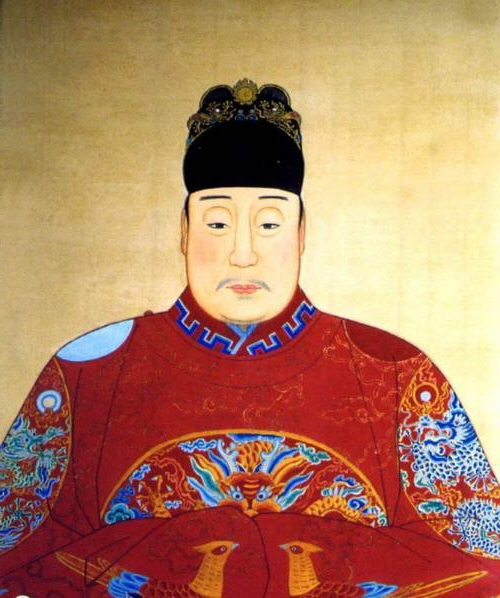The general perception among scholars and the public is that the late Ming dynasty was one of decline. Viewed through the lens of the dynastic cycle, it had entered the death throes and was circling the drain. But the campaigns of the Wanli emperor (1572-1620) decisively show that was not the case. During a period of ten years in the late sixteenth and early seventeenth centuries, the Ming campaigned and won in every corner of the empire. Some allied northwestern tribes of Mongols rebelled and were swiftly crushed. Li Rusong was then directed to Korea. There the Ming dynasty successfully defended its vassal against a much larger and experience Japanese force that was closer to its supply lines. Finally, the Ming defeated rebelling tribesman in the remote southwest. The Ming dynasty overcame vast logistical challenges and severe threats at almost every corner of the empire, including the extensive and successful counterinsurgency against the Wokou, or dwarf pirates, along the southeastern coast.

The martial success in every corner of the empire shows how the Ming retained what modern analysts would call strong fundamentals. They had a large population, a good tax base, increasing wealth, and a military that was large and fairly well-equipped. The problems in this era tended to derive from the inertia of a bureaucracy. The chief ministers fought among themselves and with the eunuchs who advised the emperor. A vigorous military leader and strong emperor could cut through the red tape to promote good policies and make good military decisions. Most emperors looked at the infighting among their ministers and voluminous reports generated by the government apparatus and simply stopped caring. After all, they were emperors and could live a life of luxury in any number of opulent palaces as they pursued their favorite hobbies. The various regional governors and local officials managed their territory reasonably well, but what we would call national, foreign, and domestic policy generally became listless.
In short, much like the collapse of the Song dynasty described in chapter 7 of my book, a lack of leadership and proper military policy led to weakness in the late Ming dynasty. A strong leader could direct the proper military and economic resources to a certain region, conduct diplomacy, and properly harness the strong military families like the Li.
The bureaucracy of China and the church can be helpful at times. During times of absent or ineffectual leadership the inertia of a bureaucracy can maintain the essential functions of the organization. But innovation and change need an active leader that can overcome that inertia. I’ll leave it to others, such as the excellent discussion from Kevin Barney, to assess the specific implications of Nelson’s changes. The church faces many challenges, including declining activity and conversions. The latter is especially worrisome considering the spike in missionaries. I can speak from personal experience that many singles and mid singles don’t have a place in a church obsessed with marriage. Millennials are the least religious generation and have specific issues with the church’s (lack of) focus on Christ and treatment of the LGBTQ community. Simplifying the quorum structure, ending home and visiting teaching, and diversifying the leadership to reflect the church’s global presence are very good signs on their own, but also signify that more bold changes are coming to address those serious issues and vigorously move them through the often static bureaucracy.
[Thanks for reading. I work as a free lance author. If you found value in this work please consider donating using the pay pal button at the bottom of the page.]







No comments:
Post a Comment